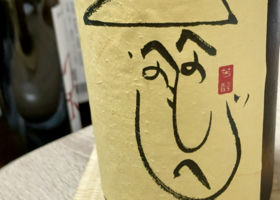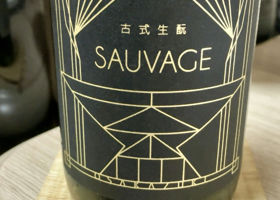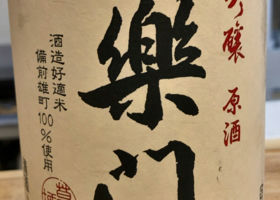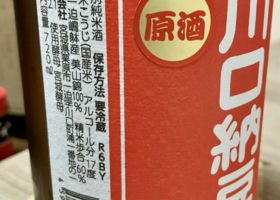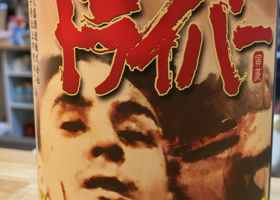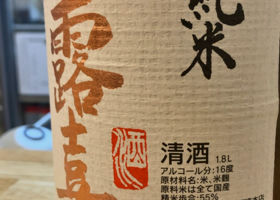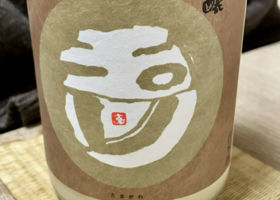

ジョナジョナ
After a long absence, Tamagawa is a winter-only oriogara.
Chilled.
Refreshing sweet and sour aroma. The soft, refreshing sweetness and slow flavor will gently accompany you on a cold day.
It has a different flavor from the usual rich umakuchi, but it is a very satisfying sake.
Japanese>English
